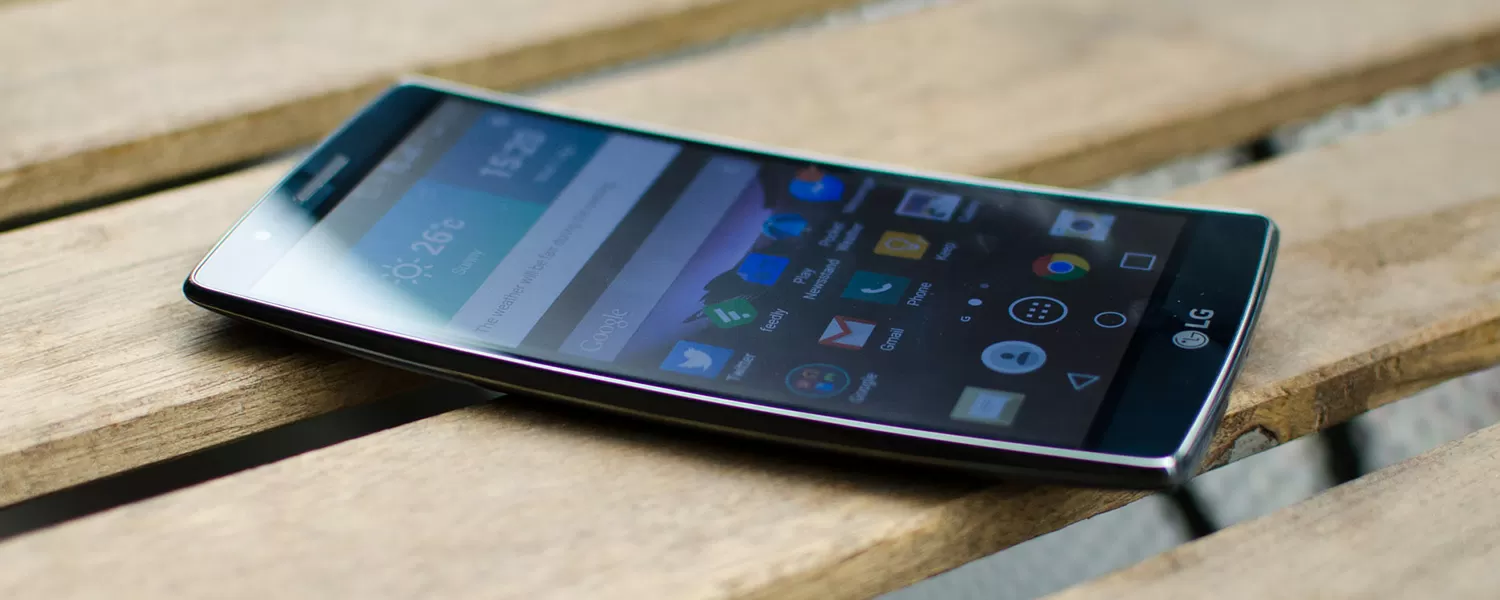To Flex or Not to Flex?
There are plenty of things that make the G Flex 2 a great device and all in all it's a really interesting flagship from the Korean giant. The company has improved the Flex in many ways from its predecessor, but I'm still not convinced this is the high end smartphone that you want to use on a daily basis.
The performance from the Qualcomm Snapdragon 810 SoC is unrivaled, even beating the HTC One M9 (which uses the same SoC) by a decent margin thanks to different throttling regimes. And as this SoC is driving a 1080p display, 3D graphics performance is several orders of magnitude better than the LG G3.
The G Flex 2's camera, while largely unchanged from the LG G3, is also a highlight of the smartphone. Thanks to optical image stabilization and laser-assisted autofocus, it takes awesome shots in daylight and can hold its own in other conditions. It's not the best phone I've seen for photography indoors, or at night, but it blows away more recent competitors including the 2014 Moto X and the HTC One M9. Throw in stabilized Ultra HD video recording and the G Flex 2 should suit most everyday camera users.
After more than two weeks of use, I am not at all convinced that a curved display provides a better experience than a standard flat display. The G Flex 2's screen is nice, thanks to its AMOLED technology providing vibrant colors, deep blacks and excellent viewing angles, but there is an element of distortion introduced from the fact that it's curved. Nothing I viewed on the Flex's display seemed better because of the curve, and while it wasn't a hindrance, I just don't see the advantage.
The same goes for the curved design. The G Flex 2 is a surprisingly strong handset that takes a lot of force to bend, contrary to the Flex name, and its self-healing back is a nice feature to have in an otherwise average plastic design. But LG claims that the curved body helps it fit better in your hands and against your face, and I would have to disagree: I actually prefer to hold a flat phone.
There's a few other issues to the G Flex 2 as well. I like that I get Android 5.0 out of the box, but LG's skin is looking a little dated compared to Google's modern Material Design, and the general clunkiness of it hampers performance on what is otherwise a blazing fast smartphone. Then there's the battery life, which doesn't improve on a pretty average showing from the LG G3 that came before it.
This brings me to the price. At $780 it's nearly double that of the LG G3, which retails for a touch under $400 these days. With the only real advantage being performance, the extra $380 just doesn't seem worth it. LG has certainly tried to produce a unique smartphone that breaks away from the usual mold of flat, boring slabs, I'll give them that, though unfortunately it hasn't quite come off.
score
Pros: The G Flex 2 packs top-of-the-line performance. Great camera with optical image stabilization. Strong, self-healing body.
Cons: Curved display adds nothing to the experience. Expensive. Battery life is just ok.



